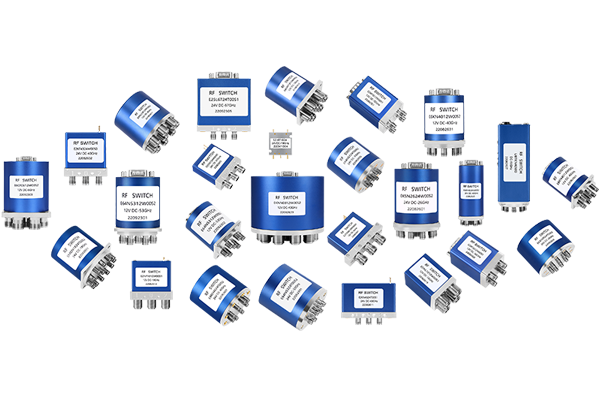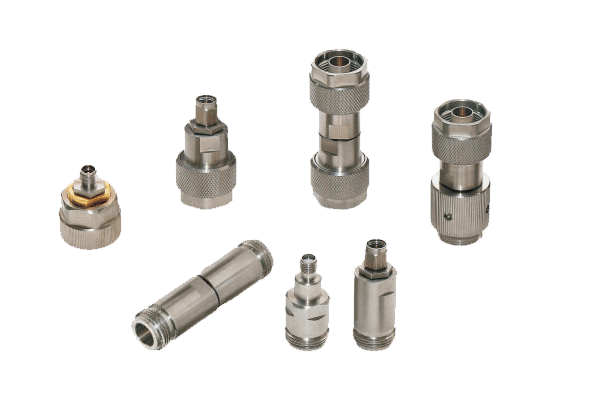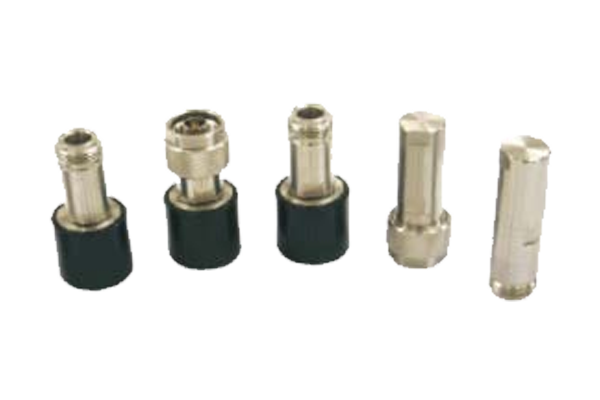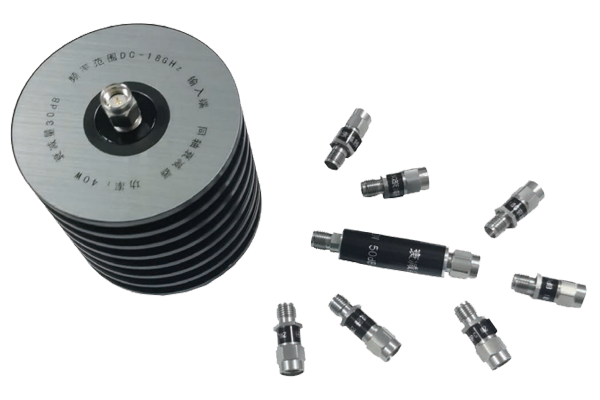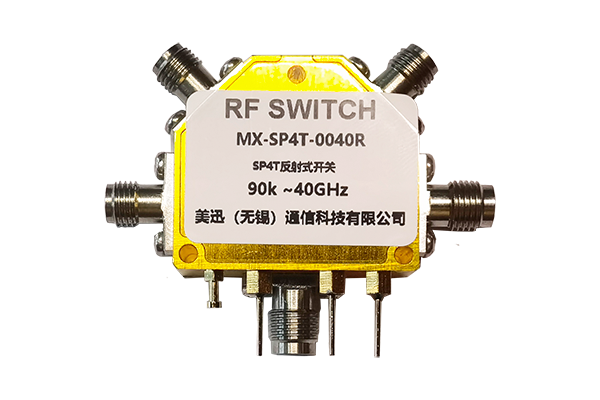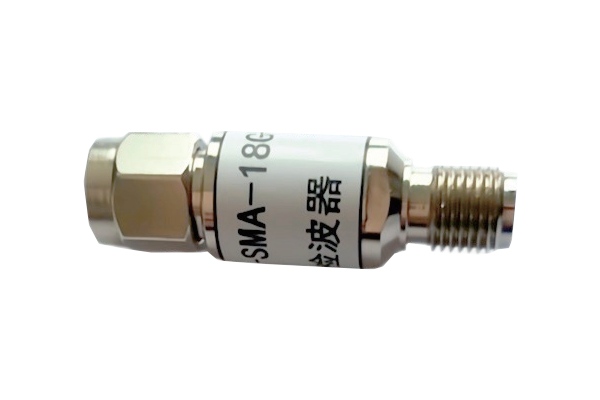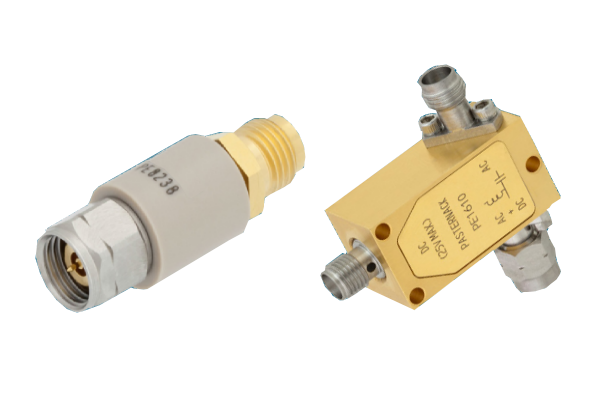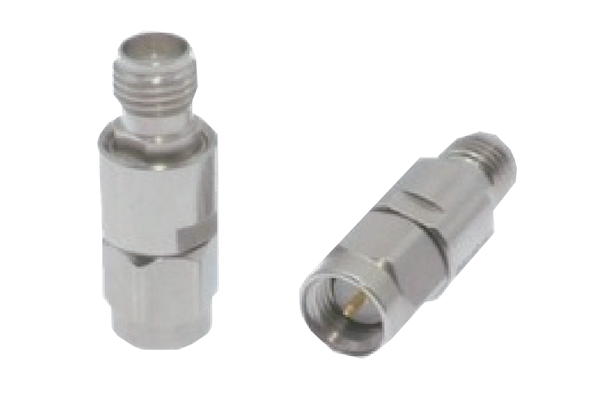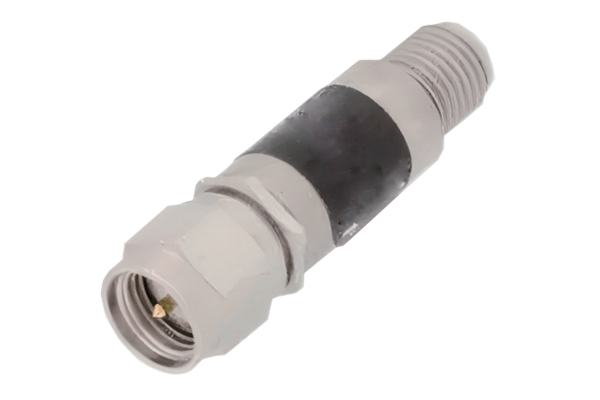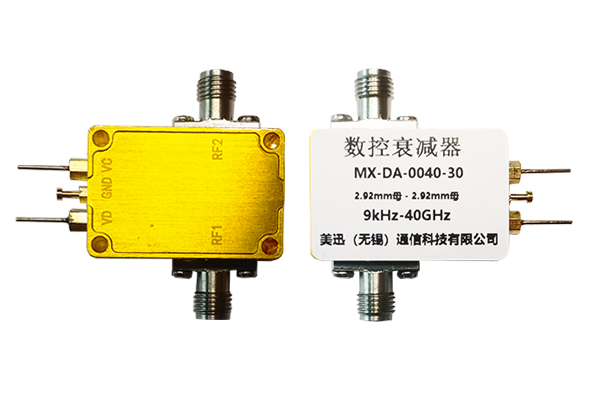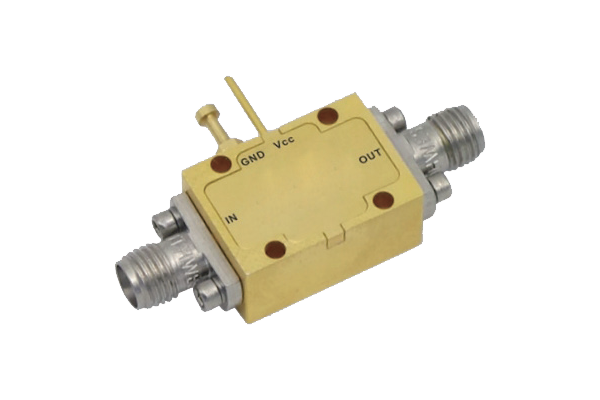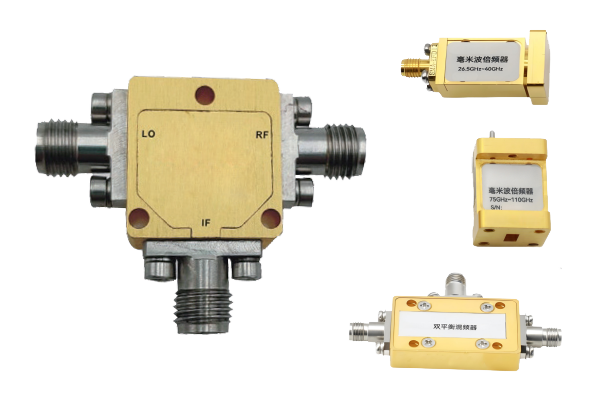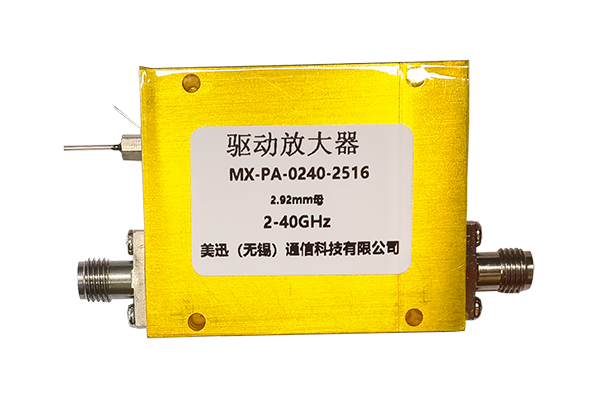How to Improve the Switching Speed of a Waveguide Switch
Waveguide Switch Performance Optimization
Key strategies for enhancing switching speed and overall performance in waveguide switch systems
Optimizing Driver Component Performance
- The driver component is a key component influencing switching speed
- Select more responsive driver components for the Waveguide Switch, such as high-performance electromagnetic or piezoelectric drivers
- These components can quickly initiate actuation upon receiving a command
- Optimize the driver circuitry to reduce signal transmission delays
- Ensure external control commands are quickly transmitted to the driver component
Simplifying the Internal Switching Structure
- Complex internal structures increase mechanical resistance and actuation time
- Simplify the switching mechanism within the Waveguide Switch
- Eliminate unnecessary transmission components
- Make the mechanical action of signal path switching more direct
- Optimize the switching path design to shorten component travel distance
- Avoid switching delays caused by component jamming
Upgrading Core Material Performance
- The physical properties of materials significantly impact switching speed
- For internal moving components in the Waveguide Switch, select materials with low density, high strength, and low friction coefficient
- These materials reduce component mass and lower inertia during movement
- Select materials with good elasticity and high fatigue strength for transmission components
- Avoid operational delays caused by insufficient material properties
Optimizing Control Signal Transmission
- The transmission efficiency of control signals directly impacts response speed
- Optimize control signal transmission lines in the Waveguide Switch
- Reduce line resistance and capacitance to minimize attenuation and delay
- Adopt more efficient signal encoding methods
- Ensure control commands are transmitted to the control module more quickly
- Shorten the overall time from command issuance to switching completion



